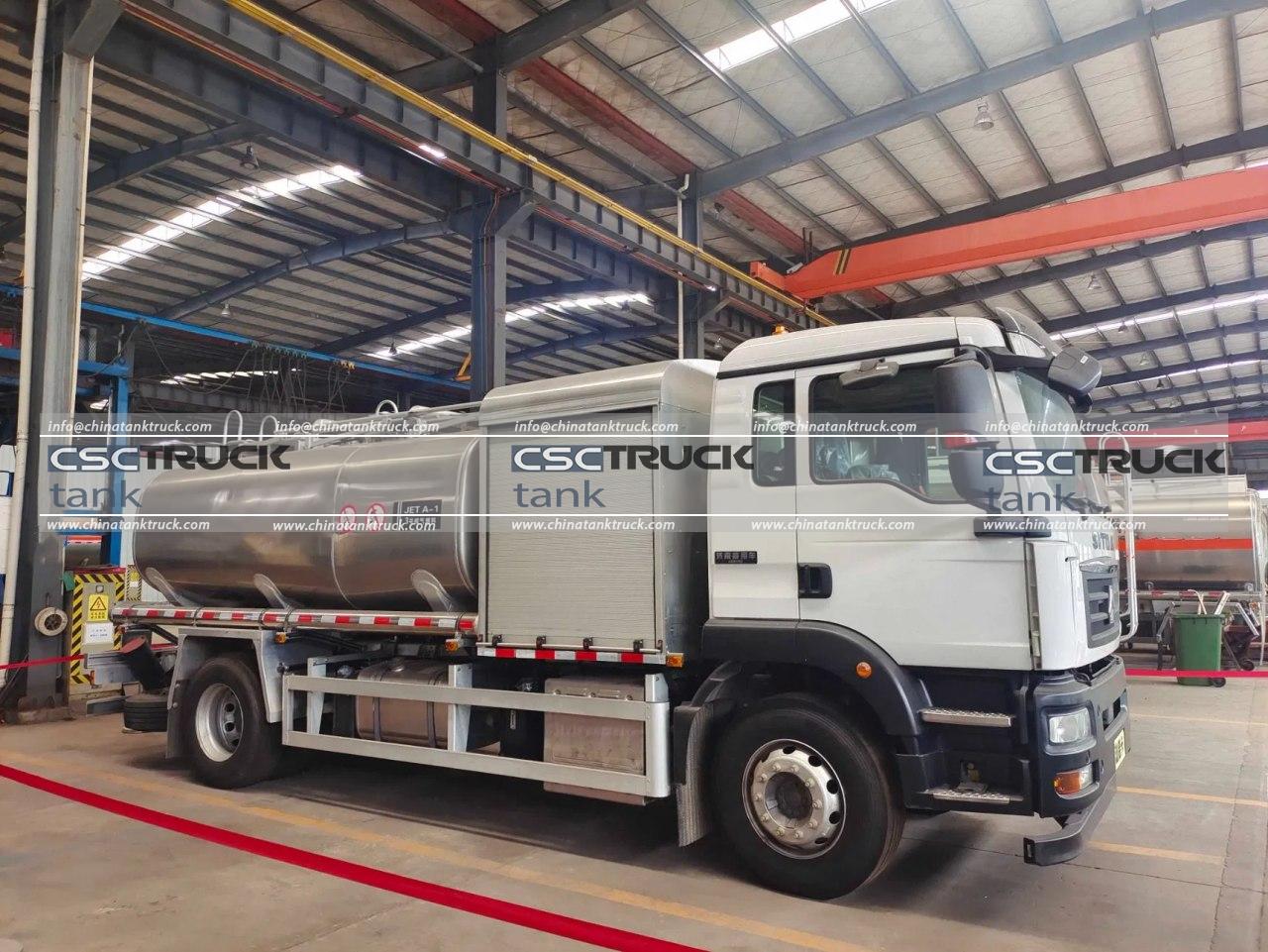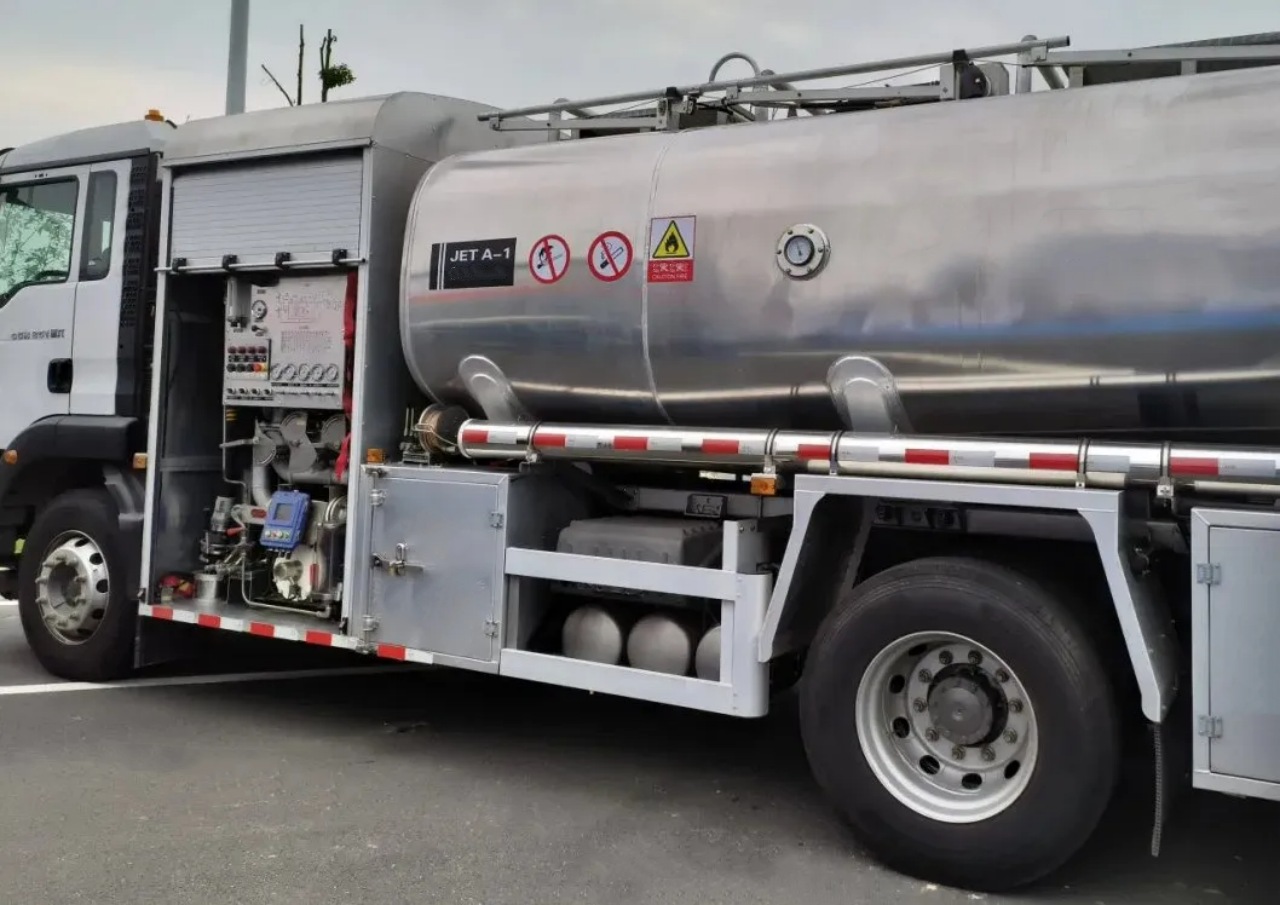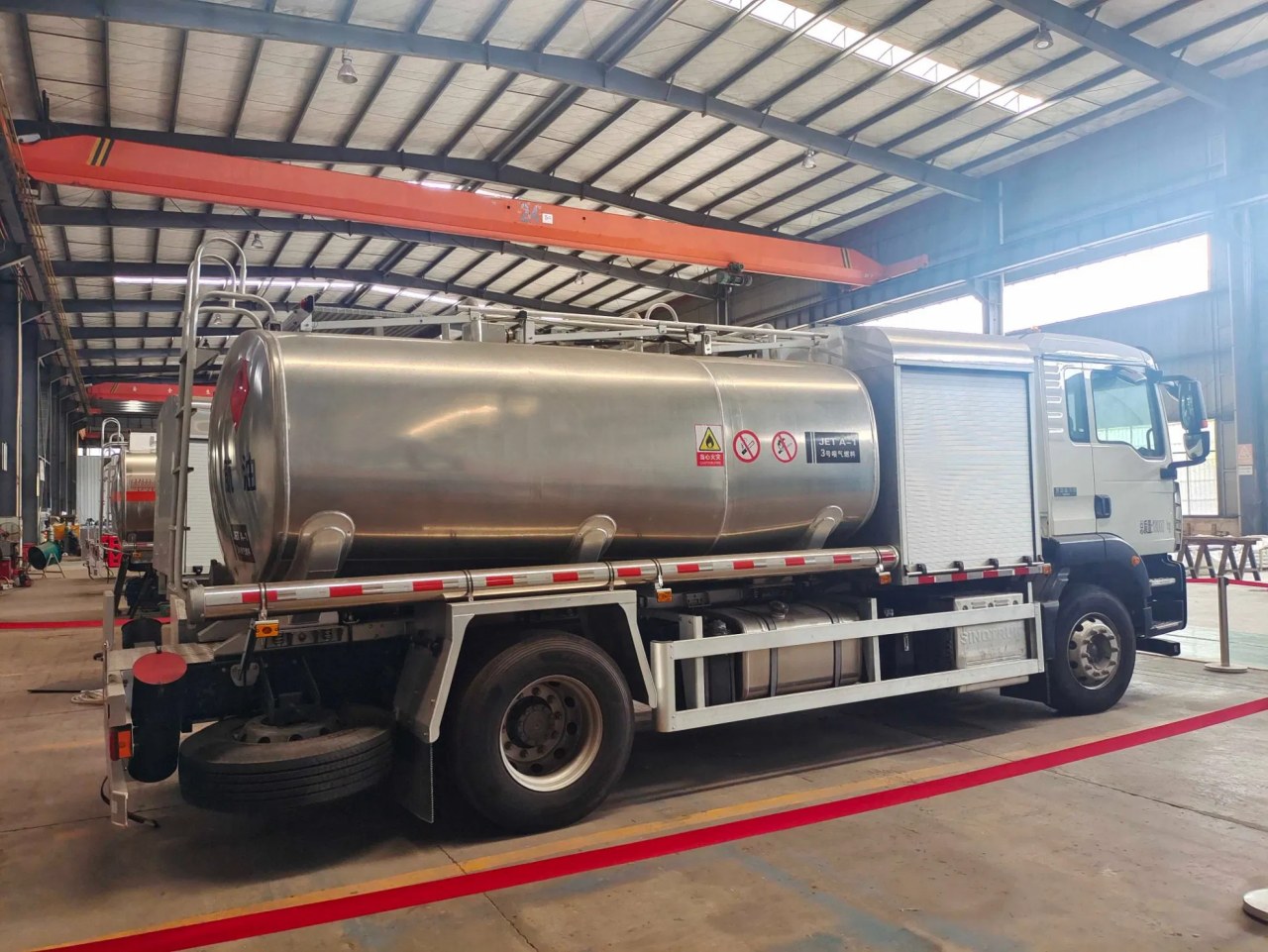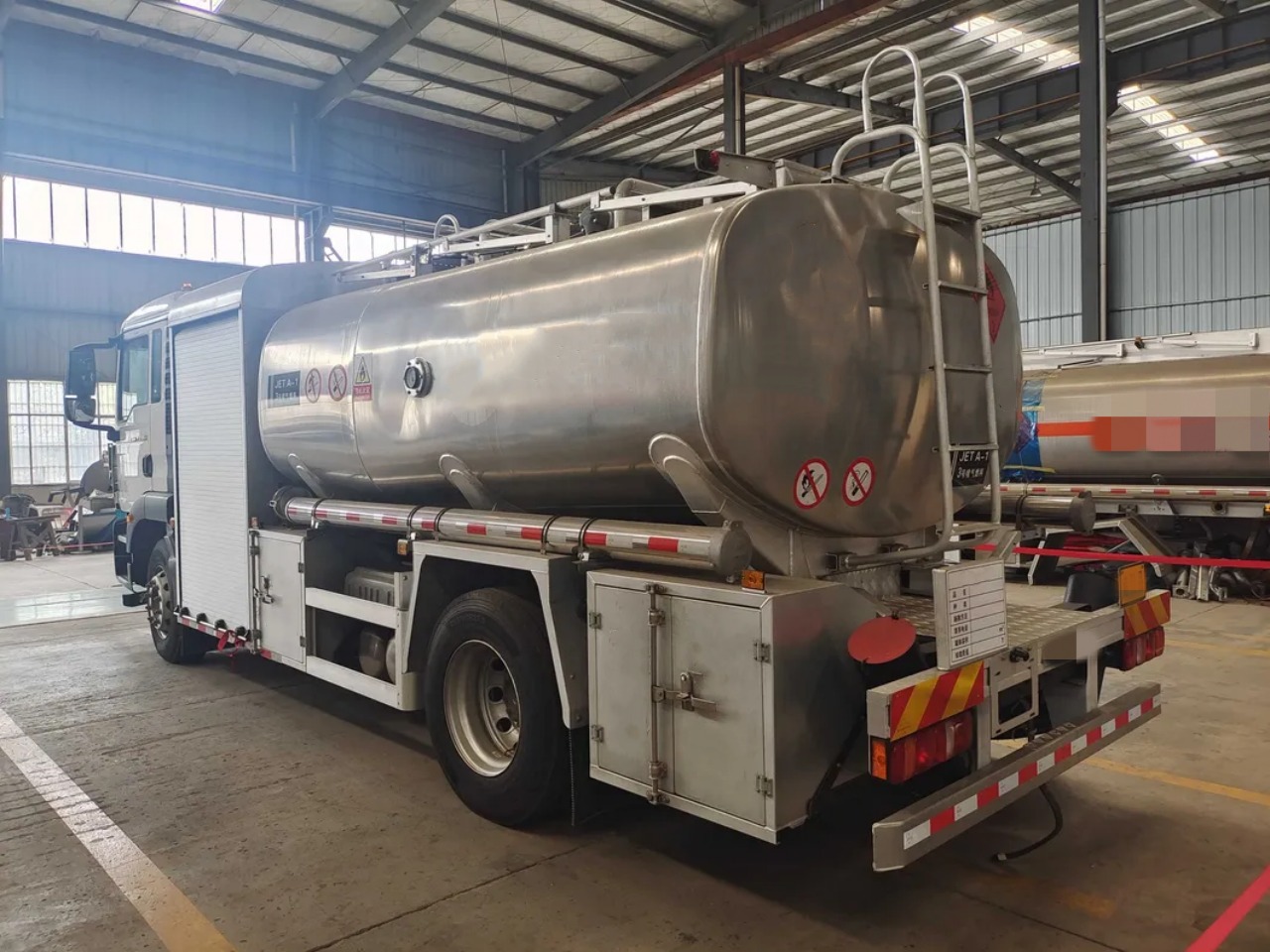Introduction
Aircraft refuelers play a critical role in aviation operations by ensuring that aircraft receive the correct amount of fuel safely and efficiently. These specialized vehicles and equipment are designed to transfer aviation fuel to aircraft at airports, military bases, and other aviation facilities. Whether for commercial airliners, military jets, or private planes, refueling is a vital operation that demands precision, safety, and adherence to strict regulations.
Definition of an Aircraft Refueler
An aircraft refueler is a vehicle or a system specifically designed to store, transport, and deliver aviation fuel to an aircraft. These systems can either be self-contained fuel trucks or fixed fuel dispensers that connect to underground hydrant fueling systems. The primary function of an aircraft refueler is to ensure that aircraft receive the necessary amount of fuel before takeoff while maintaining safety standards to prevent fuel contamination, leaks, or accidents.

Types of Aircraft Refuelers
Aircraft refuelers can be broadly categorized into two main types:
- Refueling Trucks (Mobile Fuelers)
- These are self-contained vehicles equipped with fuel tanks, pumps, hoses, meters, and filtration systems.
- They are commonly used at airports where hydrant fueling systems are not available.
- Capable of refueling aircraft of different sizes, from small private planes to large commercial jets.
- Hydrant Fueling Systems
- A stationary system that consists of underground fuel pipelines connected to hydrant carts or dispensers.
- Found at major airports to provide a continuous and efficient fueling process.
- Used for large aircraft such as airliners and military transport planes.
Each type of refueler is designed with safety and efficiency in mind, ensuring that fuel is delivered accurately and without risk to personnel or the environment.
Components of an Aircraft Refueler
An aircraft refueler, whether a truck or a hydrant system, consists of several key components:
- Fuel Tank
- Stores aviation fuel (Jet A, Jet A-1, Avgas, etc.).
- Constructed to be leak-proof and resistant to corrosion.
- Pump and Metering System
- Transfers fuel from the tank to the aircraft at a controlled rate.
- Equipped with meters to ensure accurate fuel dispensing.
- Filtration System
- Removes contaminants such as water, dirt, and debris to prevent fuel contamination.
- Includes water separators and microfilters.
- Hoses and Nozzles
- Flexible and durable hoses are designed to handle high-pressure fuel transfer.
- Nozzles are equipped with safety mechanisms to prevent overfilling and leaks.
- Safety Systems
- Includes grounding cables to prevent static electricity buildup.
- Emergency shutoff valves to stop fuel flow in case of an accident.
- Fire suppression equipment to manage potential hazards.

How an Aircraft Refueler Works
The process of refueling an aircraft involves several steps to ensure safety and efficiency:
- Preparation and Positioning
- The refueler truck is positioned near the aircraft with safety clearances maintained.
- Grounding cables are attached to prevent static electricity buildup.
- Fuel Quality Checks
- Fuel samples are tested for contaminants before delivery.
- Filters and separators ensure fuel purity.
- Connection and Fuel Transfer
- The refueler hose is connected to the aircraft’s fueling port.
- The fuel pump is activated, and fuel is transferred at a controlled rate.
- Monitoring and Completion
- The fueling operator monitors pressure, fuel quantity, and system integrity.
- Once the desired amount of fuel is delivered, the hose is disconnected, and final checks are performed.
- The refueler truck is moved away, and all safety equipment is secured.
Safety Measures in Aircraft Refueling
Aircraft refueling involves handling highly flammable substances, making safety a top priority. Several precautions are taken during the process:
- Grounding and Bonding
- Prevents electrostatic discharge, which could ignite fuel vapors.
- Fire Prevention
- No smoking, open flames, or electrical devices near the fueling area.
- Fire extinguishers and emergency shutoff systems are in place.
- Fuel Quality Control
- Regular testing for water contamination and fuel integrity.
- Proper filtration and separation systems are used.
- Emergency Response Readiness
- Staff are trained to handle fuel spills, leaks, and fires.
- Emergency shutoff switches and containment measures are ready for use.

Regulations and Standards for Aircraft Refueling
The aviation industry follows strict regulations to ensure fuel safety and operational efficiency. Some key organizations and standards include:
- International Air Transport Association (IATA): Provides fuel handling guidelines.
- Federal Aviation Administration (FAA): Establishes safety regulations in the U.S.
- Joint Inspection Group (JIG): Sets best practices for aviation fueling.
- American Petroleum Institute (API): Provides fuel quality and handling standards.
Compliance with these regulations ensures safe fuel handling, prevents contamination, and minimizes environmental impact.
Importance of Aircraft Refuelers in Aviation
Aircraft refuelers are essential for the smooth operation of the aviation industry. Their importance can be summarized as follows:
- Ensuring Flight Operations
- Without efficient fueling, aircraft cannot complete their scheduled flights.
- Maintaining Safety and Reliability
- Proper refueling prevents engine failures and enhances flight safety.
- Reducing Turnaround Time
- Efficient fueling allows airlines to maintain schedules and reduce delays.
- Supporting Military and Emergency Operations
- Military aircraft and emergency response flights rely on fast and secure refueling.

Future Trends in Aircraft Refueling
As technology advances, the future of aircraft refueling is evolving with innovations aimed at improving efficiency and reducing environmental impact:
- Automation and AI Integration
- Automated refueling systems are used to minimize human error.
- AI-based monitoring for fuel quality and safety.
- Sustainable Aviation Fuels (SAF)
- Development of biofuels to reduce carbon emissions.
- Investment in hydrogen-powered and electric aircraft fueling infrastructure.
- Enhanced Fuel Efficiency Technologies
- Smarter fuel management systems to optimize usage.
- Lightweight fuel storage solutions to improve aircraft performance.
Conclusion
Aircraft refuelers are an indispensable part of the aviation industry, ensuring that aircraft receive the fuel they need safely and efficiently. With advancements in technology and a growing emphasis on sustainability, the future of aircraft refueling is poised for significant improvements. From commercial airlines to military operations, the role of refuelers remains critical in keeping the world connected through air travel.


